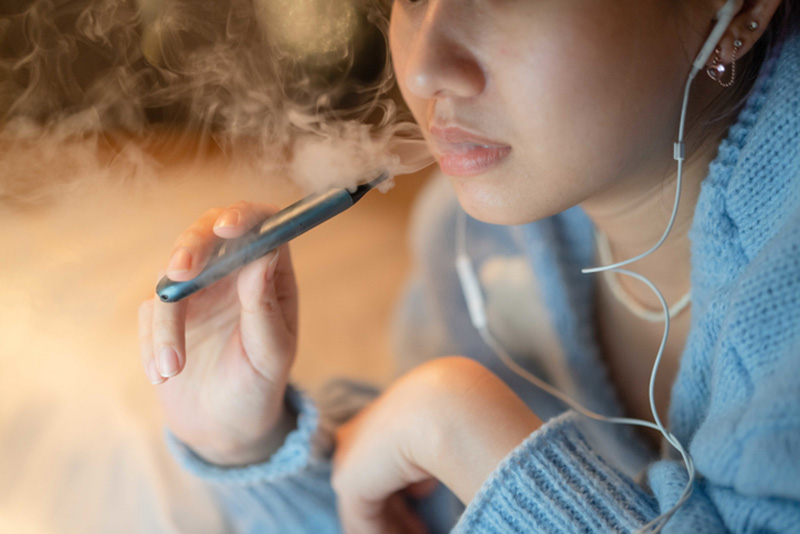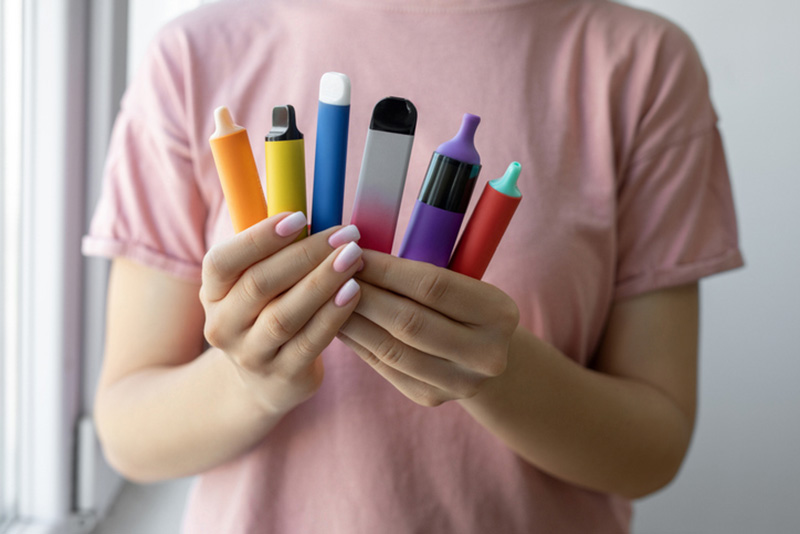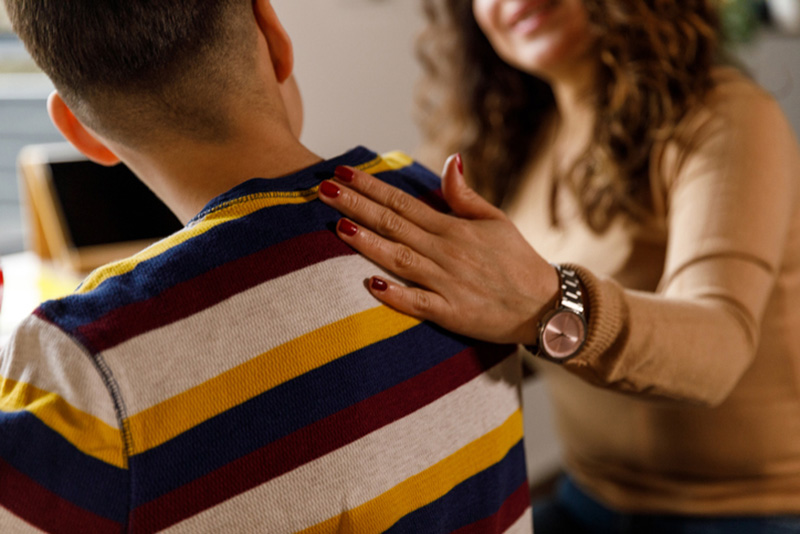
Electronic cigarettes, also known as e-cigarettes or vapes, are increasingly popular amongst teenagers. Unlike adults who may use vapes to wean themselves off cigarettes, it is many teenagers’ first entryway into using tobacco products.
Dr. Crystal Cole, an adolescent medicine specialist at Akron Children’s, shares her insight on three myths related to vaping.
Myth #1: Vapes are the “safer” option
The nicotine in vapes is more potent than what is in cigarettes. The amount of nicotine in a JUUL cartridge, for example, is the same amount of nicotine found in an entire pack of cigarettes.
The flavors, including berry and crème brulé, act as decoys, which lead teenagers to believe the false sense of safety that vapes are healthier alternatives to cigarettes. And just as someone can become addicted to smoking cigarettes, your teen can become addicted to vaping.
Myth #2 Vapes are all the same
Vapes are electronic devices with small, flavored liquid cartridges filled with chemicals including nicotine, the highly addictive chemical found in traditional cigarettes.
The device’s pen vaporizes that liquid into something you can inhale. Vapes can also be used to vaporize THC, the chemical found in marijuana.
“E-cigarettes are usually bulkier in size, and therefore harder to conceal at home or at school,” explains Dr. Cole. “However, a JUUL device, one brand of e-cigarettes, resembles a USB drive in style and size, making it much easier to sneak around.”

Vapes are electronic devices with small, flavored liquid cartridges filled with chemicals including nicotine, the highly addictive chemical found in traditional cigarettes.
Myth #3 Vaping has minor health impacts
Repeated exposure to nicotine along with other chemicals, like metals, found in e-cigarettes has long-term psychological and physical effects, from anxiety and depression to lung damage.
“Nicotine can stunt a teenager’s brain development, especially the frontal lobe of the brain, which is responsible for executive functioning,” shares Dr. Cole. “This does not develop until our late teens and early twenties, so vaping can interfere with their emotional health and development.”
Studies show that children who use e-cigarettes are more likely to use traditional cigarettes, which could ultimately lead to a substance-use disorder.
Steps to take if your child vapes
Don’t wait until there’s a problem. Talk to your teenager to help inform them about vapes. If you have concerns related to discussing that conversation with your child, ask your pediatrician or your family physician to speak to them alone so your teen has a safe space to talk freely.
Treatment and medication plans are available.

Don’t wait until there’s a problem. Talk to your teenager to help inform them about vapes.










